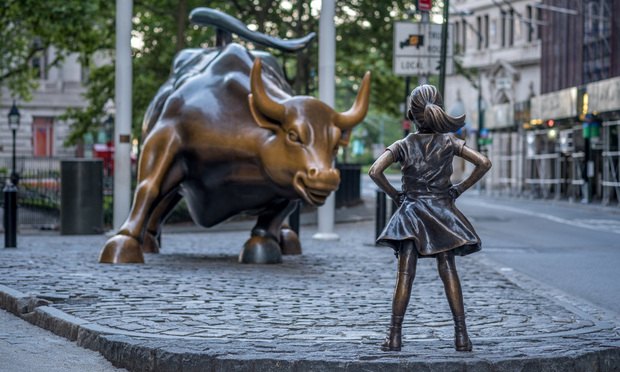Troublesome statues

Statues have been dominating the news lately.
Should they stay or should they go? Are they an offensive example of how terrible people can use their ill-gotten gains to build parks and museums to secure a positive legacy, or a reasonable physical appreciation of kind philanthropists and great leaders? Should ‘the people’ decide if they’re allowed to stay up, or is that a question for the government?
Some have suggested they all go into a museum, whether good or bad, alongside an explanatory note that allows anyone the opportunity to make up their own mind about the subject’s relative pros and cons. Others have provided their own lists of who should be allowed to remain, who should be removed, and who deserves a new statue of themselves.
But whatever we end up doing, it’s fair to say that a lot of people are against the celebration of anyone who did bad stuff. The idea that the statues act as a cover up for their problematic behaviour seems to be the really offensive part, as if the rich can secure a positive legacy through corrupt means.
Which brings me to the advertising industry’s celebration of the Fearless Girl statue.

It’s won so many awards and inspired so much praise, which is odd because it was paid for by a client few of us can name.
Anyway, here’s an explanation of why it was commissioned, and why it’s actually just another one of those statues that are currently being vilified:
Fearless Girl was commissioned by State Street Global Advisors (SSGA), a trillion-dollar financial services firm, to commemorate International Women’s Day and promote the fund’s “Gender Diversity Index.”
SSGA’s blatant hypocrisy was revealed in October, 2017, when the firm was fined $5 million for underpaying women and minorities and ordered to settle with over 300 women following an audit by the Department of Labor.
The Village Voice delivered another blow to SSGA’s virtuosity, reporting: “The statue is meant to draw attention to a larger initiative by SSGA, which announced today that it will be encouraging companies it invests in to have more women on their boards of directors. A quick perusal of SSGA’s own leadership turns up five women out 28 top executives, making its leadership 82 percent male (and 96.5 percent white).”
Just another expensive way to whitewash endemic discrimination.
Is it a good look for us to award it so highly, celebrating it time and again as the best this industry can produce? Should the record of prizes and praise remain? This article suggests that the Cannes jurors knew about the hypocrisy before they gave it four Grand Prix.
Have a look at the case study.
You might think, ‘So what? Look how many women and girls felt empowered by it’. Sure, but this is like Donald Trump playing to potential black voters by sending out a tweet against racism. You could rally around it if you like, but if you saw it for the sleight of hand it really was, you’d dismiss it in a second.
An unfortunate number of people fell for the scam. Every positive share of the statue on social media contributed to the number of people who (if they bothered to find out who was behind it) thought better of State Street Global Advisors. Yes, the same company that discriminated against over 300 women and minorities and maintained an 82% male and 96.5% white board.
Hats over to whoever did this, because they pulled off something amazing. To get that many people to think well of a bunch of utter arseholes takes great skill. But their victory is a defeat for the integrity of our industry.
You might laugh at the idea that advertising could have integrity, but that’s the problem: the success of Fearless Girl makes us look like craven, money-grabbing idiots, happy to whitewash sexism for anyone willing to slide enough cash our way. Then the rest of us award the results.
If you were involved why not give the prizes back? No one will think you’re a worse creative, but plenty will think you’re a better person.
Just like Brian said:
https://www.youtube.com/watch?v=dYBj_qAJtRA
I love that clip/movie/book.
Absolutely.
I have sinned. Should I give back my school reading prize?
How was your reading problematic?
One of advertising’s greatest cases of Emperor’s New Clothes.